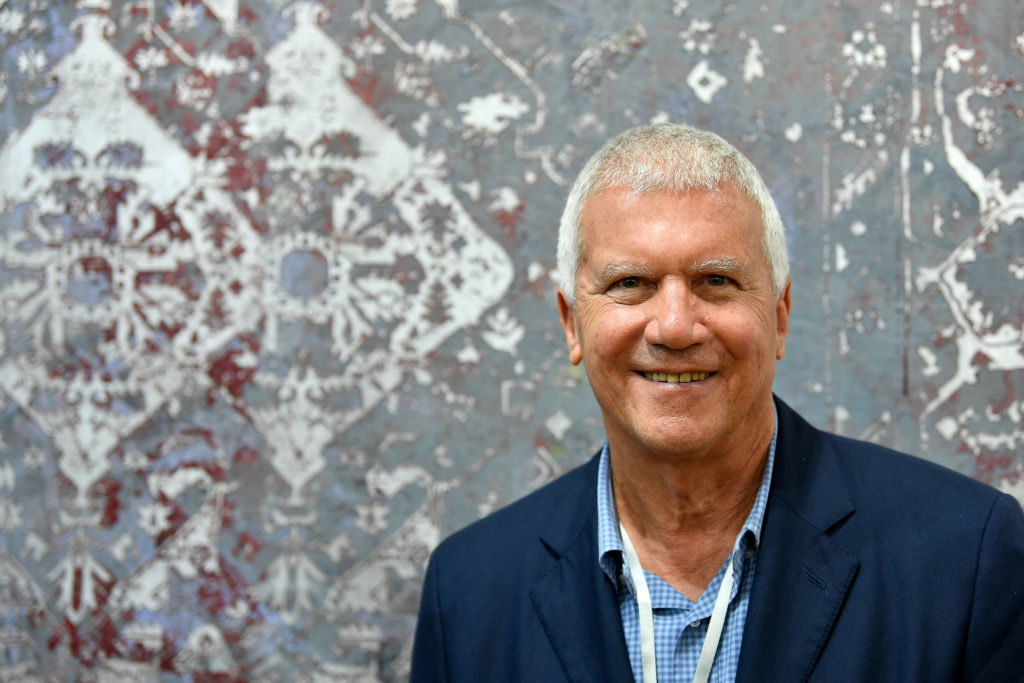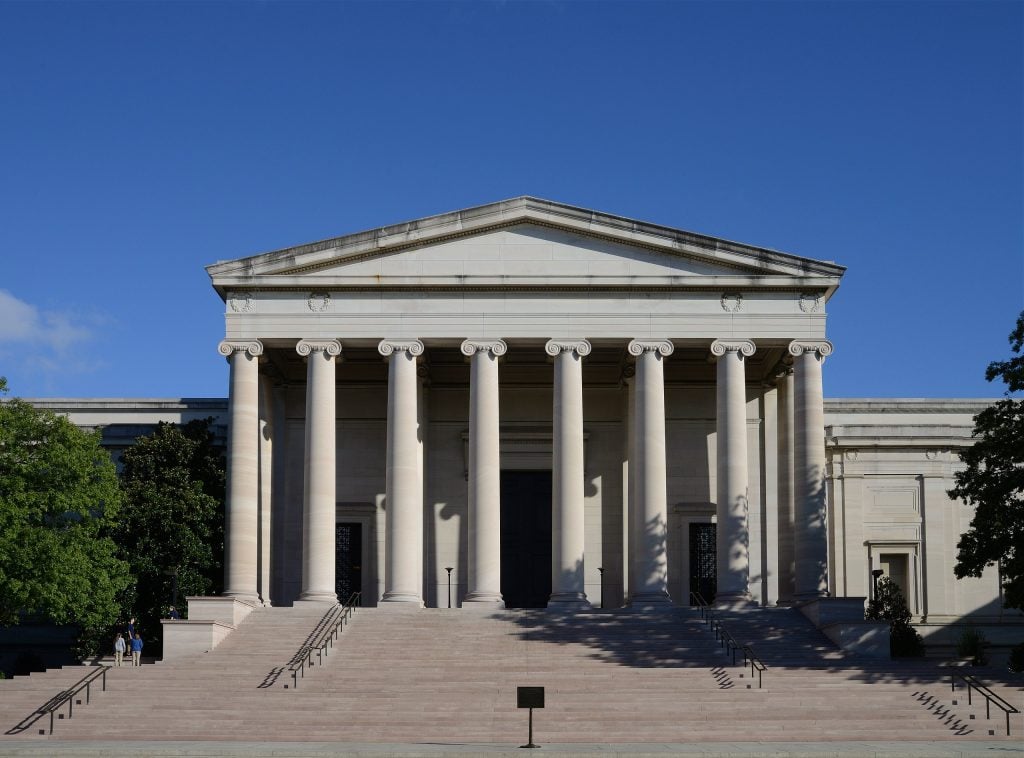Market
The National Gallery Restituted a Picasso to a Jewish Banker’s Heirs Last Week. This Week, Gagosian Is Already Offering It for $10 Million
The museum returned the painting, though denied the validity of the family’s restitution claim.

The museum returned the painting, though denied the validity of the family’s restitution claim.

Taylor Dafoe

The National Gallery of Art in Washington, DC, has returned a 1903 drawing by Pablo Picasso to the heirs of a German-Jewish banker who sold the work to Nazis under duress. Now, one week later, the painting is hitting the private market with a little help from Larry Gagosian.
The descendants of Paul von Mendelssohn-Bartholdy, a Berlin banker who purchased the pastel drawing around 1912, approached Gagosian with the idea of a sale last September, the dealer told the Wall Street Journal, which first reported the news.
Gagosian agreed to privately sell Picasso’s Blue Period portrait, titled Head of a Woman, for a price tag of at least $10 million.
“What makes this particular work so rare is that it’s so finished, unlike other works on paper from this period that were more like sketches,” Gagosian told the Journal. “You can tell Picasso has found his voice.”

The National Gallery of Art, Washington D.C. Photo by Alvesgaspar, Creative Commons Attribution-Share Alike 4.0 International license.
Head of a Woman was one of at least 16 prized works that Mendelssohn-Bartholdy was forced to sell in the months after the Nazis seized power in Germany and he was removed from his position at the bank, causing his income to plummet. He consigned the work to a local dealer, Justin Thannhauser, before dying from a heart attack just a year later.
Mendelssohn-Bartholdy’s heirs, which number in the dozens, chose to sell the painting as it would be difficult to share the object among such a large and wide-spread group. They said they would use part of the profits from the sale to fund future restitution cases.
The National Gallery of Art, which acquired the drawing through a donation in 2001, continues to deny the validity of the family’s restitution claim, arguing that there was no evidence that the drawing was ever in the possession of the Nazis. Nevertheless, the museum transferred ownership of the work to the family on March 30.
The decision, the museum said in a statement at the time, was made in an effort “to avoid the heavy toll of litigation” and did “not constitute an acknowledgment of the merit or validity of the asserted claims.”
A representative for the National Gallery declined to comment on the news of the sale, saying the institution does not discuss “matters concerning the art market.”
Gagosian Gallery did not respond a request for comment.